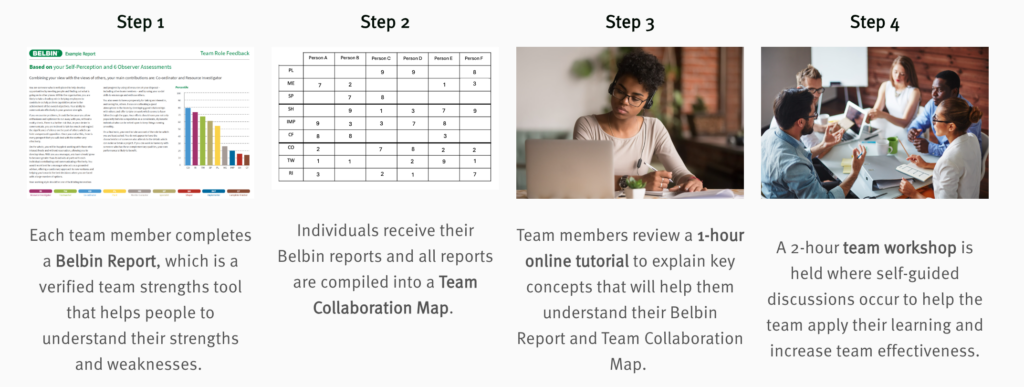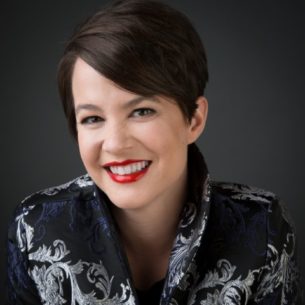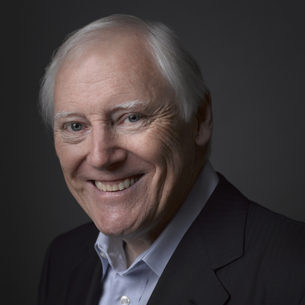The information that you can learn from completing a Belbin Report can be useful at three levels: personal development, team development, and culture change. However, the report is used to measure your behaviors when working with a team. This can be on a one-to-one or a one-to-many basis, but always reflects how you work with other people.
Belbin Team Role Theory can be used to predict team performance when used in a work setting. The extensive research behind the Belbin Report applies to using Belbin within a work setting, not at home or in a social setting. (We tend to see people behaving in similar ways at home as they do at work, but that’s a discussion for another day.)
A person cannot only be measured by their team-related behaviors. There are several other factors that are a part of a person’s makeup, including personality. The Belbin Report is not a psychometric instrument, and therefore does not measure personality attributes. However, Belbin can be used to find clusters of behaviors (which form the Belbin Team Roles), which if effectively deployed in a team will result in improvements in team performance.
The research that established Belbin Team Role Theory has mainly focused on upper-management level executives in Britain. In Britain in the ’70s, when Dr. Meredith Belbin was doing his foundational research, these executives would be middle-class white men. This is not to say that Belbin cannot be applied to other cultures, but the original research focused on a specific demographic.



